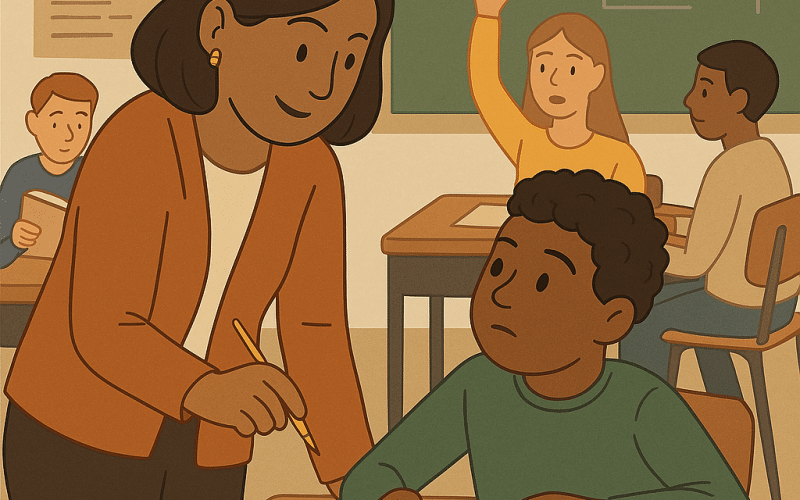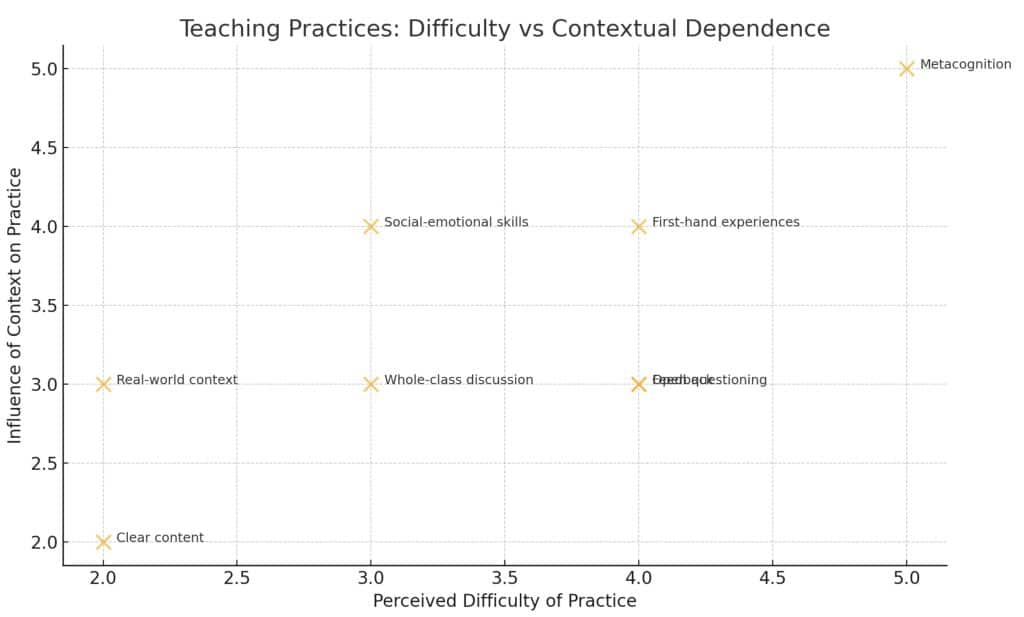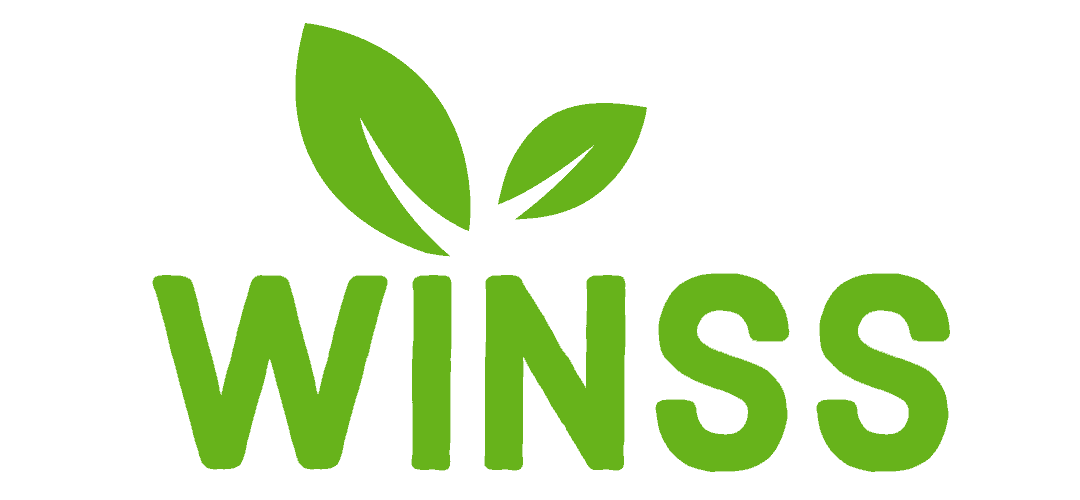
Out now is “Unlocking High-Quality Teaching“, a 2025 publication by the OECD, built on an ambitious global effort to define what high-quality teaching looks like. But most important, it also shows how schools can actually implement it.
This OECD report brings together what research says about effective teaching – and how schools put that knowledge into practice. It was written by Lawrence Houldsworth and Anna Pons, with research support from Paula María Rodríguez Sánchez. The project was guided by Andreas Schleicher and Yuri Belfali, and shaped by the experiences of over 150 schools in 40 countries, working alongside more than 50 partner organisations in the Schools+ Network.
📣 Out today! 📣
— OECD Education (@OECDEduSkills) April 3, 2025
Teaching can be unpacked into 5 goals and 20 practices. What does research say works—and how do schools put it into action?
The Unlocking High-Quality Teaching report is out now: https://t.co/1cTf5BZCpK pic.twitter.com/S5xO54jgmd
Rather than presenting theory in isolation, the report combines insights from teachers, researchers, and school leaders. It looks at what works in the classroom and what it takes to make it work.
The core of the report breaks teaching down into 5 key goals, each supported by 4 specific, research-backed practices. That’s a total of 20 concrete strategies you can actually use or observe in schools. In this article, we bring you the most valuable takeaways.
- 1 The 5 Teaching Goals and 20 Practices
- 2 How Schools Are Putting It Into Practice
- 3 Right Practice, Right Moment, Right Students, Right Context
- 4 FAQ – Unlocking High-Quality Teaching (OECD, 2025)
- 4.1 What is this report about?
- 4.2 Who created the report?
- 4.3 What are the 5 goals of high-quality teaching?
- 4.4 How was the report developed?
- 4.5 What makes this report different from other education frameworks?
- 4.6 Can this be used by teachers directly?
- 4.7 Who is the report for?
- 4.8 Where can I find the full report?
The 5 Teaching Goals and 20 Practices
1. Ensuring Cognitive Engagement
Cognitive engagement isn’t about students looking busy—it’s about deep, sustained effort to understand complex ideas or solve meaningful problems. Teachers must trigger curiosity, not compliance.
Practices:
- Design tasks with appropriate challenge.
- Anchor learning in real-world contexts.
- Offer first-hand experiences.
- Teach metacognitive strategies.
In action:
At Eltham High School (Australia), teachers combine metacognitive checklists and challenge-based projects. Students co-create a “learning journal” to reflect on their approach and evaluate their own cognitive load, improving resilience and problem-solving.
2. Crafting Quality Subject Content
Covering curriculum isn’t the goal – deep understanding is. Teachers have to build conceptual bridges while eliminating confusion. This demands clarity, connection, and relevance.
Practices:
- Ensure clarity and coherence.
- Build connections within and across subjects.
- Use strong explanations and examples.
- Promote disciplinary thinking.
In action:
At Chengdu Shishi Union Middle School (China), English teachers built theme-based review cycles. These emphasized coherence and cross-topic connections to help students see grammar and vocabulary in real-life use, not isolation.
3. Providing Social-Emotional Support
Before students can focus, they need to feel safe, seen, and supported. Emotional readiness is the scaffolding for intellectual growth. This isn’t soft – it’s strategic.
Practices:
- Create a supportive classroom climate.
- Build strong teacher-student bonds.
- Facilitate positive peer relationships.
- Explicitly teach social-emotional skills.
In action:
In a US-wide study of over 1000 classrooms, students who felt emotionally supported by teachers had higher GPAs. Schools embedded reflection routines and student-led community projects to strengthen peer bonds.
Another example: Whole-class challenges (e.g., improving a shared space) were used in Belgian schools to increase collective belonging and reduce behavioral issues.
4. Fostering Classroom Interaction
Talk is a teaching tool. When students articulate thinking or debate respectfully, they deepen understanding. Teachers don’t just manage interaction—they engineer it.
Practices:
- Use open-ended, probing questions.
- Guide whole-class dialogue.
- Promote structured peer collaboration.
- Ensure all students participate.
In action:
Allan’s Primary School (Scotland) redesigned student grouping strategies to close learning gaps. They used structured tasks and peer dialogue models to encourage equitable talk. Lead teachers mentored peers and ensured consistent practice across the school.
5. Using Formative Assessment and Feedback
Assessment isn’t a finish line. It’s a lens. Feedback drives learning when it’s timely, targeted, and actionable – not generic praise or penalties.
Practices:
- Set precise learning goals.
- Continuously diagnose learning.
- Deliver usable feedback.
- Adjust teaching in real time.
In action:
Wales’ national strategy embeds formative assessment cycles. Teachers use mini whiteboards, low-stakes quizzing, and structured peer feedback to gauge understanding before moving forward. Feedback is written as “next steps” students respond to during class.
How Schools Are Putting It Into Practice
- From theory to classroom: Schools report the greatest challenges with practices that require nuanced judgment (e.g., metacognition, formative feedback) rather than rote delivery.
- What helps implementation:
- Shared instructional language (like the Schools+ Taxonomy).
- Peer observation and co-teaching.
- Leadership support and time for reflection.
- Professional learning grounded in real classroom footage.
- Global evidence: The OECD’s video study found huge variation in how practices are implemented—even within the same system. Some practices, like managing class routines, are nearly universal. Others, like eliciting deep thinking or integrating real-world connections, are rare and require deliberate scaffolding.
Right Practice, Right Moment, Right Students, Right Context
While all 20 practices are grounded in research, some are far more difficult to apply – especially in environments with limited support. The chart below shows how practices differ in complexity and in how much they depend on school context.

There’s no one-size-fits-all solution in teaching. What matters is using the right practice, at the right moment, for the right students, in the right context. High-quality teaching isn’t about choosing a single method—it’s about making smart, informed decisions in real time.
This report reminds us that effective teaching blends evidence, experience, and responsiveness. When teachers have the tools, support, and freedom to adapt, real learning happens.
FAQ – Unlocking High-Quality Teaching (OECD, 2025)
What is this report about?
The report breaks down what effective teaching looks like in practice. It focuses on 5 teaching goals supported by 20 evidence-based practices. It combines research insights with classroom experience from over 150 schools in 40 countries.
Who created the report?
It was written by Lawrence Houldsworth and Anna Pons, with research support from Paula María Rodríguez Sánchez. It was developed under the guidance of Andreas Schleicher and Yuri Belfali at the OECD. Over 50 organisations contributed through the Schools+ Network.
What are the 5 goals of high-quality teaching?
- Ensuring cognitive engagement
- Crafting quality subject content
- Providing social-emotional support
- Fostering classroom interaction
- Using formative assessment and feedback
Each goal is supported by 4 classroom practices, resulting in 20 core practices in total.
How was the report developed?
The OECD combined:
- Rigorous research (meta-analyses, randomized trials, classroom observation)
- Direct input from over 150 schools
- Expert reviews from academics and practitioners
- Insights from global teaching video studies and professional networks
What makes this report different from other education frameworks?
This report goes beyond “what works” to explore how teaching practices work in real classrooms, what makes them complex, and how teachers can adapt them. It blends science, art, and craft—acknowledging the realities of teaching, not just the theories.
Can this be used by teachers directly?
Yes. While it’s research-driven, the report includes:
- Practical classroom examples
- Clear descriptions of teaching decisions
- Observable student signals
- Insights into implementation challenges
Who is the report for?
- Teachers seeking to refine their practice
- School leaders building a professional learning culture
- Policy-makers designing support structures
- Researchers interested in evidence-informed practice
Where can I find the full report?
You can access it via the OECD publishing website.
